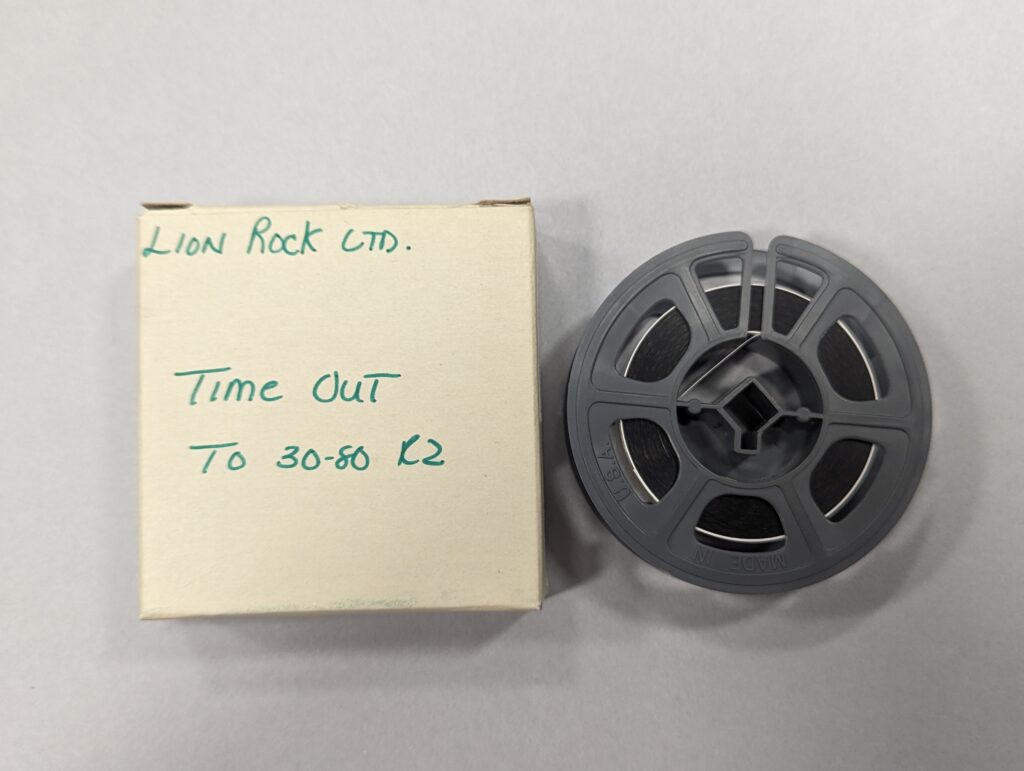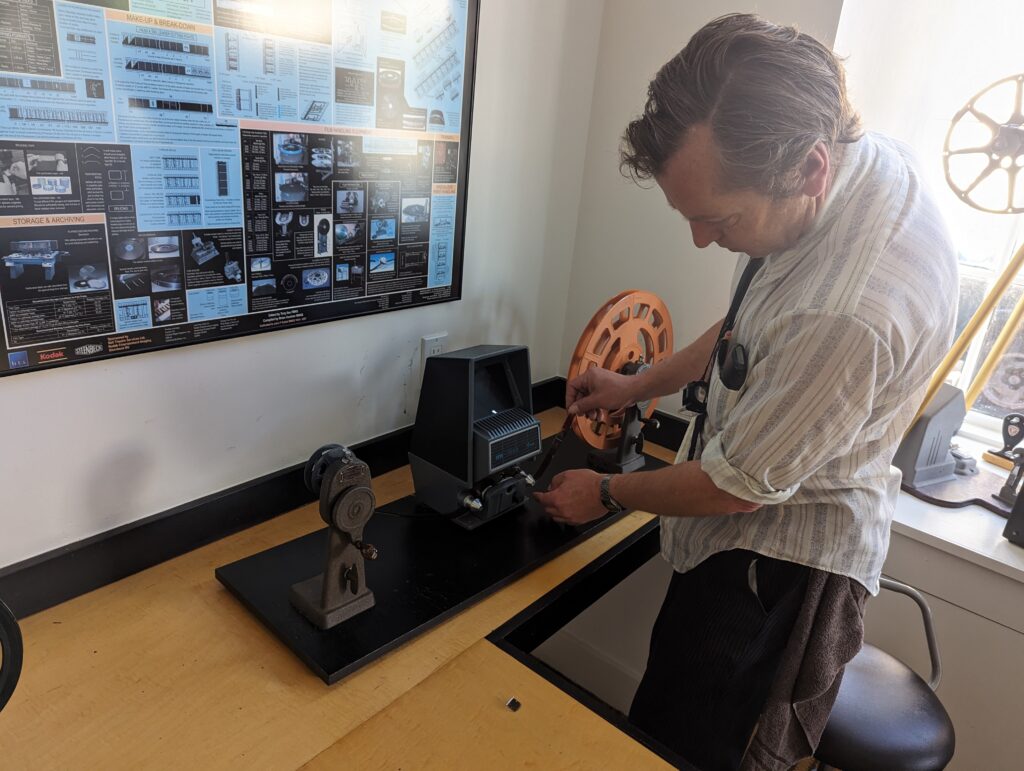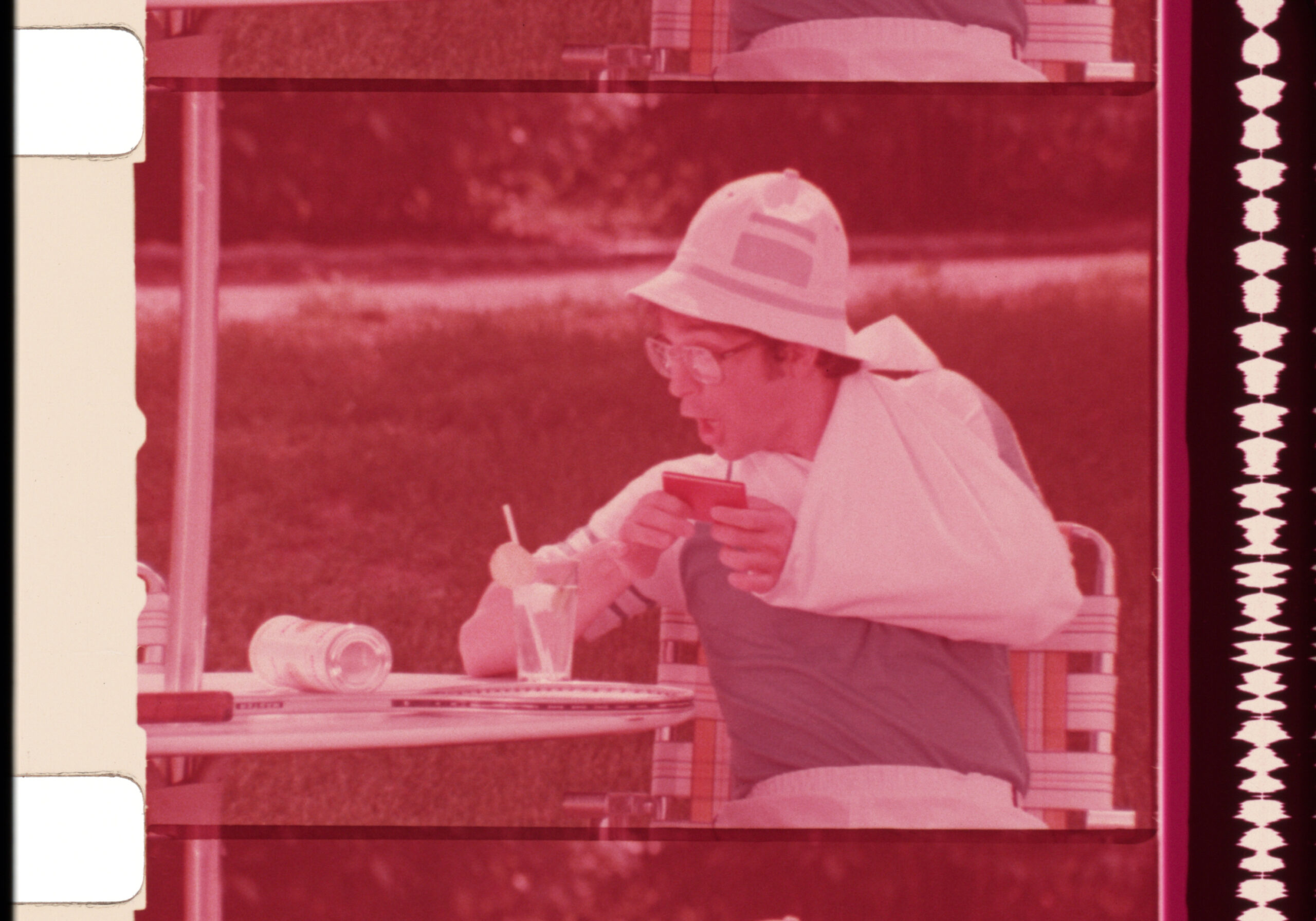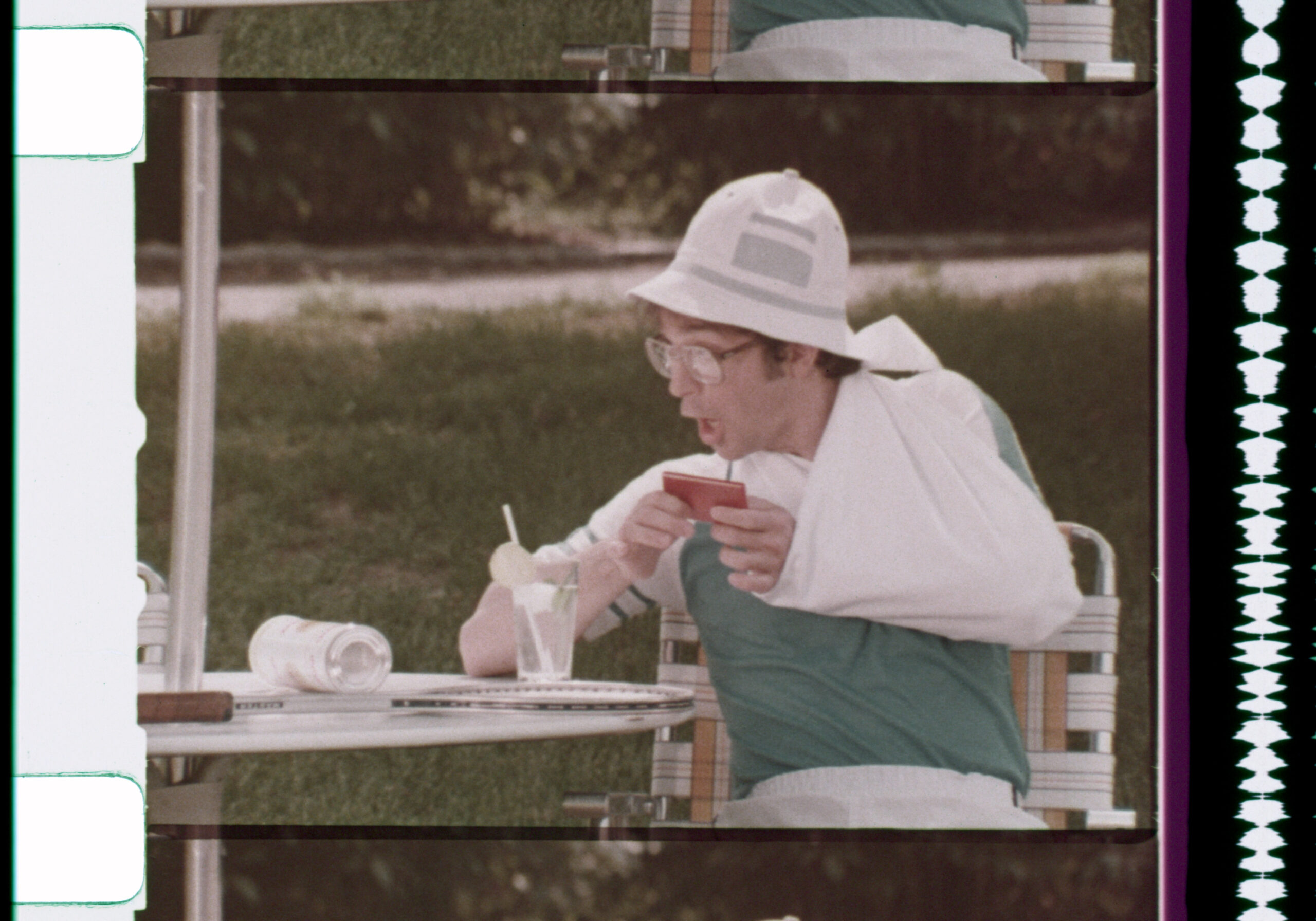We’ve recovered what we believe is the first commercial for a Nintendo product in the United States—but it’s not what you’d expect.
That sure looks like the Game & Watch handheld by Nintendo, but you might have noticed that “Game & Watch” doesn’t appear in that commercial at all. Neither does the name “Nintendo”! What’s going on here?
This 16mm film by DuRona Productions comes to us from game historian and Nintendo expert Chris Kohler, who stumbled across it in an online auction listing. Chris offered up some background on what this “Mego” business is about:
Before Nintendo of America was established, Nintendo did a licensing deal with Mego, where the popular toy company would release four early Game & Watch systems in the U.S. While the machines themselves were manufactured by Nintendo and are identical to the original Japanese models—the Nintendo logo is still embossed into the back—the printing on the front has the Mego logo and the new series branding, which was called “Time-Out.”
Mego put out four “Time-Out” games—Toss-Up (originally called Ball), Exterminator (Vermin), Fireman Fireman (Fire), and Flag Man (Flagman). Mego ran television advertising for these games, which were probably the first TV ads for Nintendo products ever aired outside Japan!
One day while browsing eBay, I happened upon a film reel containing a TV commercial for Time-Out, the first game in the series. I reached a deal with the seller and handed the film over to the VGHF right after I got it. The box notes that the film is credited to “Lion Rock Ltd.,” which was a division of Mego. It is dated to June 25, 1980, just a couple of months after Nintendo of America was incorporated.

We’re glad Chris immediately thought of us. There’s just one problem… We can’t digitize film.
We work with a lot of media around here—video tapes, audio tapes, magazines, data tape backups—but film is a pretty rare format in the world of video game history. You need special expertise and equipment to work with film, so we brought this to the pros at Movette Film Transfer.

Immediately, they spotted an issue: The film had undergone significant color fading.
Older films like this are printed with three different dye colors. Over time, when stored at room temperature, the chemical makeup of the film will change and the dyes will start to degrade. After enough time, all the naked eye will be able to see is the magenta dye. If you’ve ever seen a home movie from the 70s or 80s that looks very red, that’s why.
Luckily, the experts at Movette were able to restore much of the color! After digitizing the film, they went deep adjusting the color balance to bring out some of the dye that hadn’t fully faded. Look at this dramatic before-and-after:


Yowsa! They did a great job on this.
Not all the color could be restored. The cyan dye is mostly gone. If you look at another copy of this commercial on YouTube, you’ll notice there should be a lot more blue in places like the football player’s uniform, or that woman’s very shiny hotpants. There’s only so much you can do with a 45-year-old film print, but we’re thrilled with the quality here. We’ll take 2K resolution over potato quality any day.
Interestingly, there are also some minor differences between these two videos! Our copy starts with a voiceover that announces this is the “revised” version, which might explain that.
This rare film is a great look at how Nintendo games were marketed in America before Nintendo did it themselves. This ad for the Time-Out is all about fitting it into your action-packed life. It’s an “electronic sport” you can play in-between rigorous physical activity. You can play it during a tennis match, or a football game, or while roller skating and breaking your teeth! It feels laser-targeted to the on-the-go yuppie generation of the 80s with disposable income to spend on electronic toys.
There’s shades of how Nintendo would focus on young, trendy, mobile demographics in their more recent marketing campaigns… but we’ve never seen an ad where someone plays Switch in the hospital.
We’re excited to preserve this best-known copy of this commercial and share it with you! Thanks to Chris Kohler for lending us the film to digitize, and thanks to Buck Bito and Anne Marie Smatla at Movette for their expert digitization and restoration work.